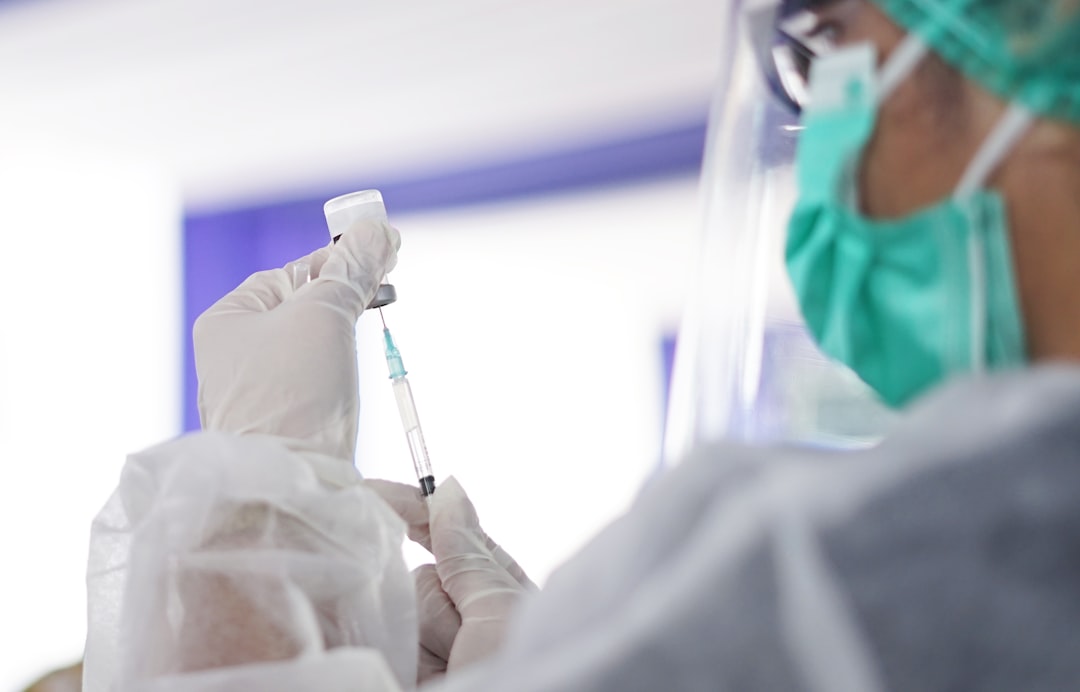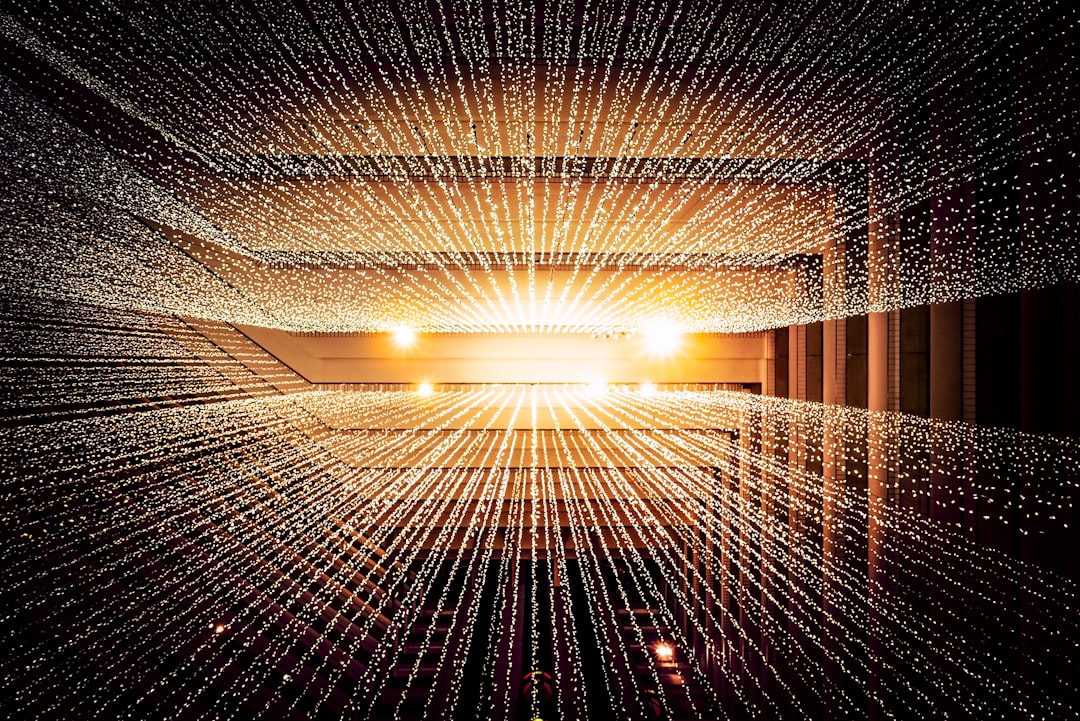What is it about?
The research introduces a new, cost-effective way to measure extremely fast light pulses (One quadrillionth of a second) in the near-infrared range, which is a type of light that's invisible to the human eye. Normally, measuring these ultrafast light pulses can be complicated and expensive. The new method simplifies this by using everyday optics and a homemade device that adjusts the light pulses. The light is then sent through a liquid containing a special dye. When the light interacts with the dye, it causes the dye to glow in a way we can see. By studying how this glow changes as the light travels through the liquid, researchers can figure out the characteristics of the original invisible light pulses. Additionally, this method works for a wide range of light colors. It also provides a bonus: it can measure some properties of the liquid itself, like how it affects the speed of light for various colors.
Featured Image

Photo by Tyler Casey on Unsplash
Why is it important?
The importance of this research lies in several key areas: Broad Applicability: The method is designed to work across a wide range of near-infrared wavelengths, making it versatile for various applications in science and industry ranging from biology, chemistry and physics. Cost-Effectiveness: Traditional methods for measuring ultrafast pulses often require expensive, specialized equipment. The new technique employs more accessible and less expensive components, lowering the financial barriers to entry for researchers and institutions. Simplicity: The use of a homemade broadband pulse compressor (BPC) and tabletop optics simplifies the experimental setup, making it easier to implement and replicate. To measure a different color all you need to change is dye. Quantitative Analysis: The method provides a quantitative measure of pulse duration, which is crucial for applications that require precise control of light pulses, such as in ultrafast laser optics and medical imaging techniques. Additional Metrics: The method also allows for the direct measurement of the group velocity dispersion (GVD) for liquids and offers an indirect means of determining the absorption coefficient for liquids in the near-IR range. This makes the technique valuable not just for laser pulse characterization but also for material science research. Innovation in Characterization: The use of two-photon absorption in a fluorescent dye as a diagnostic tool is a novel approach that could inspire further research in the field. This is the initial study for our next article on making the measurements much more precise, overcoming some shortcomings of commercial devices. Technological Advancements: The results could potentially lead to innovations in sectors reliant on ultrafast optics, such as telecommunications, medical diagnostics, and materials processing. Thus, the method proposed offers a robust, economical, and simple way to achieve accurate measurements, which could greatly benefit both academic research and industrial applications in photonics and related fields.
Perspectives
In the realm of ultrafast pulse measurements, one encounters a series of formidable challenges. First and foremost is the issue of temporal resolution; measuring events that occur on femtosecond or picosecond scales inherently demands instrumentation capable of resolving even finer time scales. This is analogous to requiring atomic clocks for achieving high-precision measurements of a second. Additionally, the financial burden posed by specialized commercial devices is non-trivial. These devices not only come with a high price tag but also necessitate further investment for adaptability across different wavelengths. Given these limitations, the reliance on a single measurement technique or device is not advisable. For the sake of robustness and reliability, it is preferable to employ multiple methods for verification. However, the financial feasibility of acquiring multiple commercial devices, each employing a different methodology, is often out of reach for many research settings. It is against this backdrop that the present research gains its significance. By introducing a measurement method that is both cost-effective and versatile across a range of wavelengths, this work offers an invaluable alternative or supplementary approach for measuring ultrafast pulse durations. Such a method enhances the verifiability and reliability of experimental findings, which is paramount in a field where high precision is a necessity for both academic and industrial applications.
Rafeeq Syed
University of Nebraska-Lincoln
Read the Original
This page is a summary of: Ultrafast pulse duration measurement method of near-infrared pulses for a broad range of wavelengths using two-photon absorption in a liquid and fluorescent dye solution, Review of Scientific Instruments, October 2023, American Institute of Physics,
DOI: 10.1063/5.0160178.
You can read the full text:
Contributors
The following have contributed to this page










